Exploring the Rich Heritage of Tsonga Traditional Attire
Exploring the Rich Heritage of Tsonga Traditional Attire
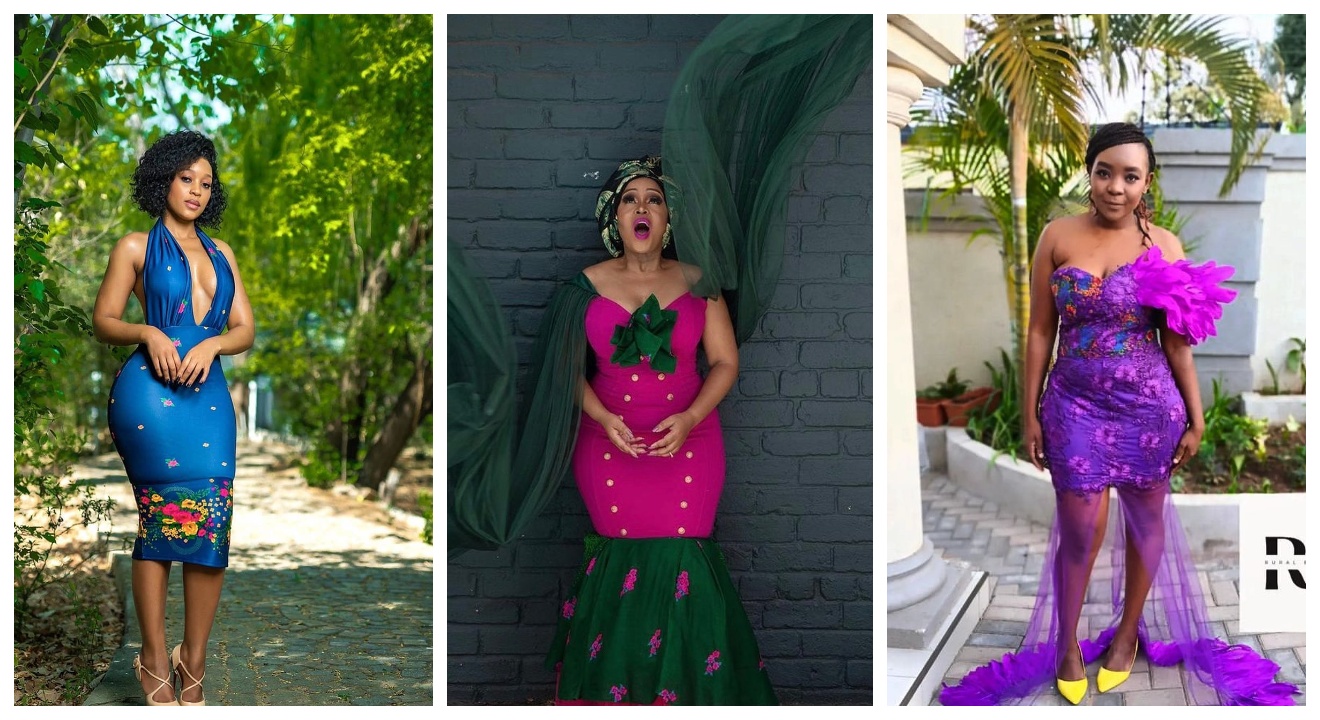
Introduction
Exploring the Rich Heritage of Tsonga Traditional Attire
Tsonga traditional attire holds a rich cultural significance among the Tsonga people in South Africa, Mozambique, and Zimbabwe. This unique clothing style represents the history, heritage, and identity of the Tsonga community. In this article, we will delve into the fascinating journey of Tsonga traditional attire, from its origins to its present-day significance.
Understanding Tsonga Traditional Attire: A Brief History
Tsonga traditional attire has a long and captivating history that dates back centuries. It reflects the vibrant and diverse cultural heritage of the Tsonga people. The attire is characterized by a combination of bold colors, intricate patterns, and exquisite beadwork, which hold symbolic meanings. It showcases the cultural pride, social status, and rituals of the Tsonga community. From elegant dresses to distinctive accessories, each piece of Tsonga traditional attire narrates a story and preserves the traditions of the ancestors.
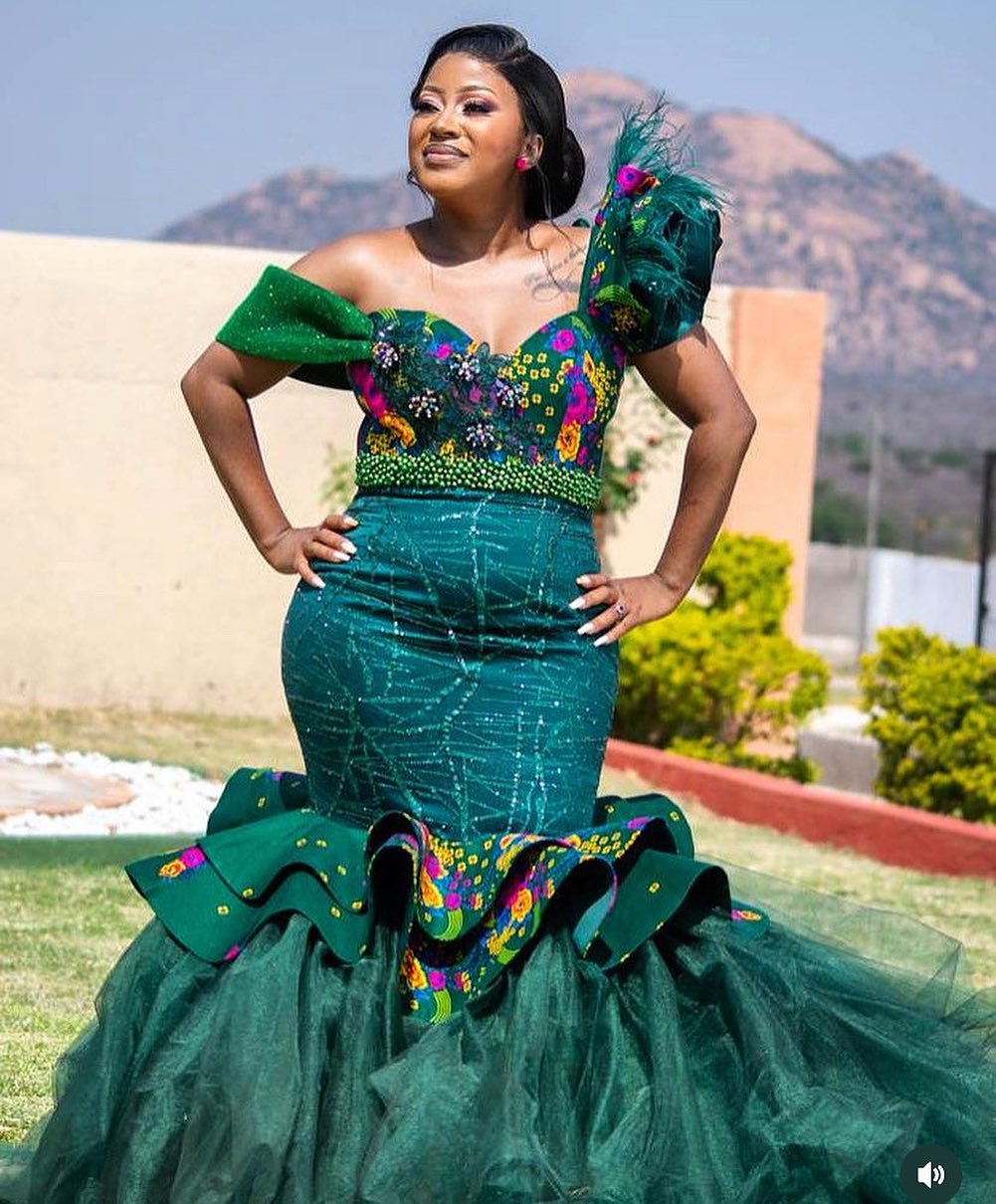
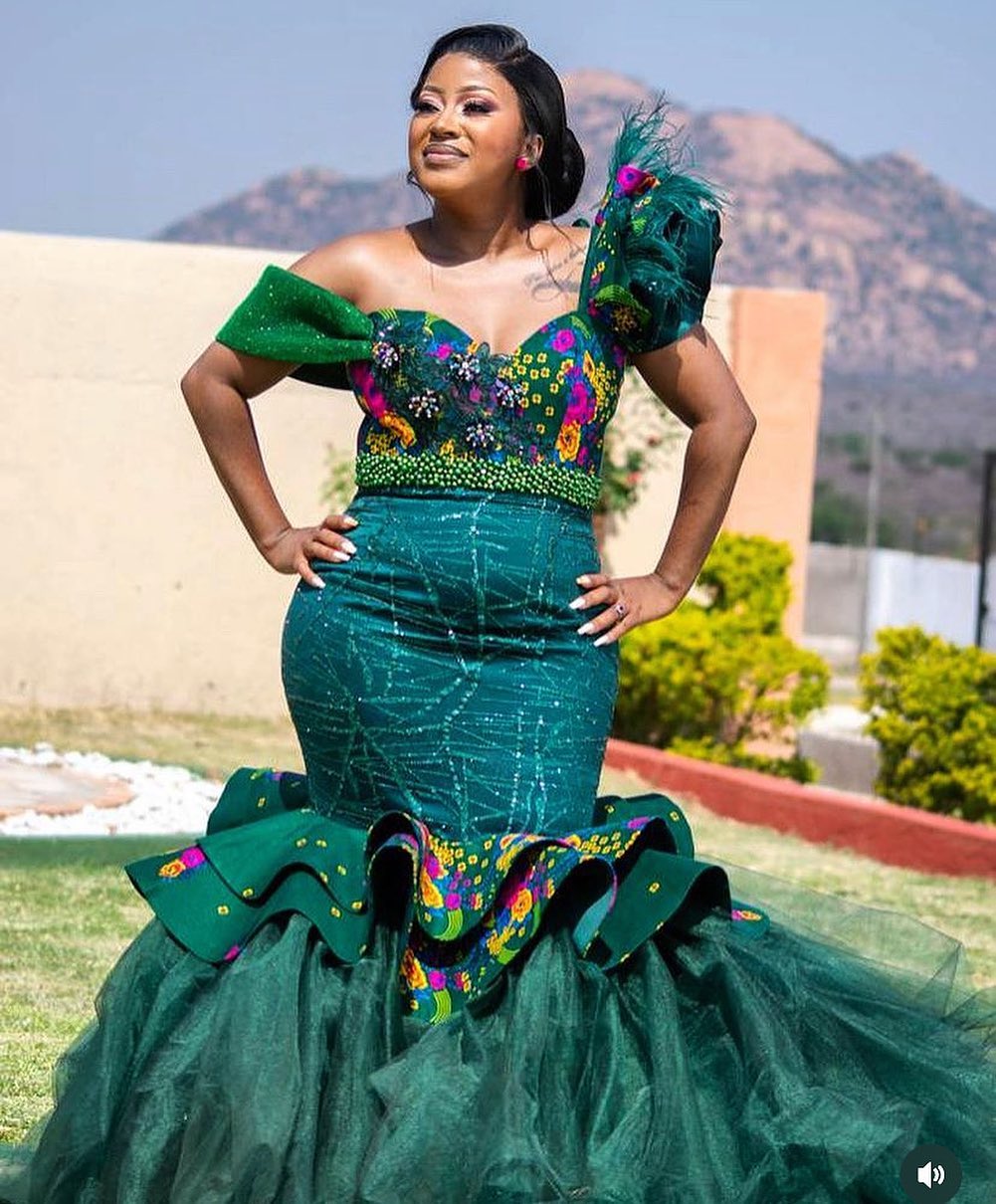
Significance of Tsonga Traditional Attire in Today’s Society
Tsonga traditional attire continues to play a significant role in today’s society. It is not only worn during traditional ceremonies and celebrations but has also found a place in contemporary fashion. By donning Tsonga traditional attire, individuals express their cultural heritage and pride. It serves as a visual representation of their identity and connects them to their roots. Additionally, the rising popularity of Tsonga traditional attire has boosted local artisans and designers, contributing to the preservation and promotion of traditional craftsmanship.
In conclusion, Tsonga traditional attire holds a deep cultural significance in the Tsonga community. By exploring its history and understanding its importance in today’s society, we can appreciate the rich heritage it represents and the pride it instills in those who wear it.
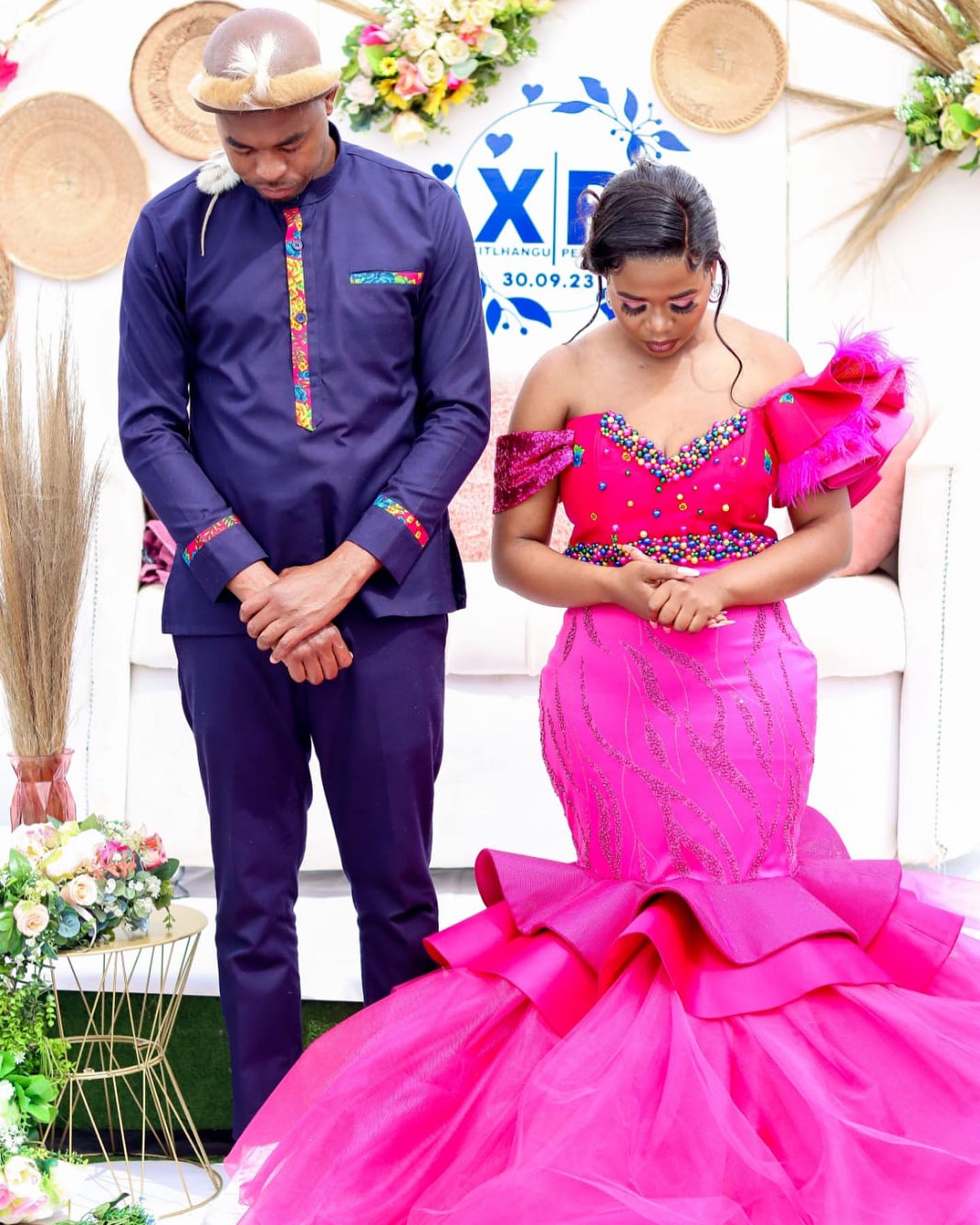
Women’s Tsonga Traditional Attire
Distinctive Features of Tsonga Women’s Traditional Attire
Tsonga women’s traditional attire is characterized by its unique and eye-catching features. One prominent element is the use of vibrant colors, such as red, blue, and green, which symbolize different aspects of Tsonga culture. The clothing often includes intricate embroidery and beadwork, showcasing the exceptional craftsmanship of the Tsonga people. Women wear stylish and elegantly designed dresses, complemented by accessories like beaded necklaces, bracelets, and headpieces. These features create a visually striking and culturally significant appearance, making Tsonga women’s traditional attire distinct and easily recognizable.
Symbolism and Meaning behind Tsonga Women’s Traditional Attire
Every aspect of Tsonga women’s traditional attire holds symbolic meaning. The vibrant colors represent various aspects of Tsonga culture, such as red symbolizing vitality and passion, blue representing spirituality and protection, and green signifying fertility and abundance. The intricate embroidery and beadwork tell stories and symbolize important elements of the Tsonga community’s heritage. For example, specific patterns may represent a person’s marital status, clan, or social status. By wearing Tsonga women’s traditional attire, individuals express their cultural identity, preserve their heritage, and showcase the values and symbolism deeply rooted in Tsonga culture.
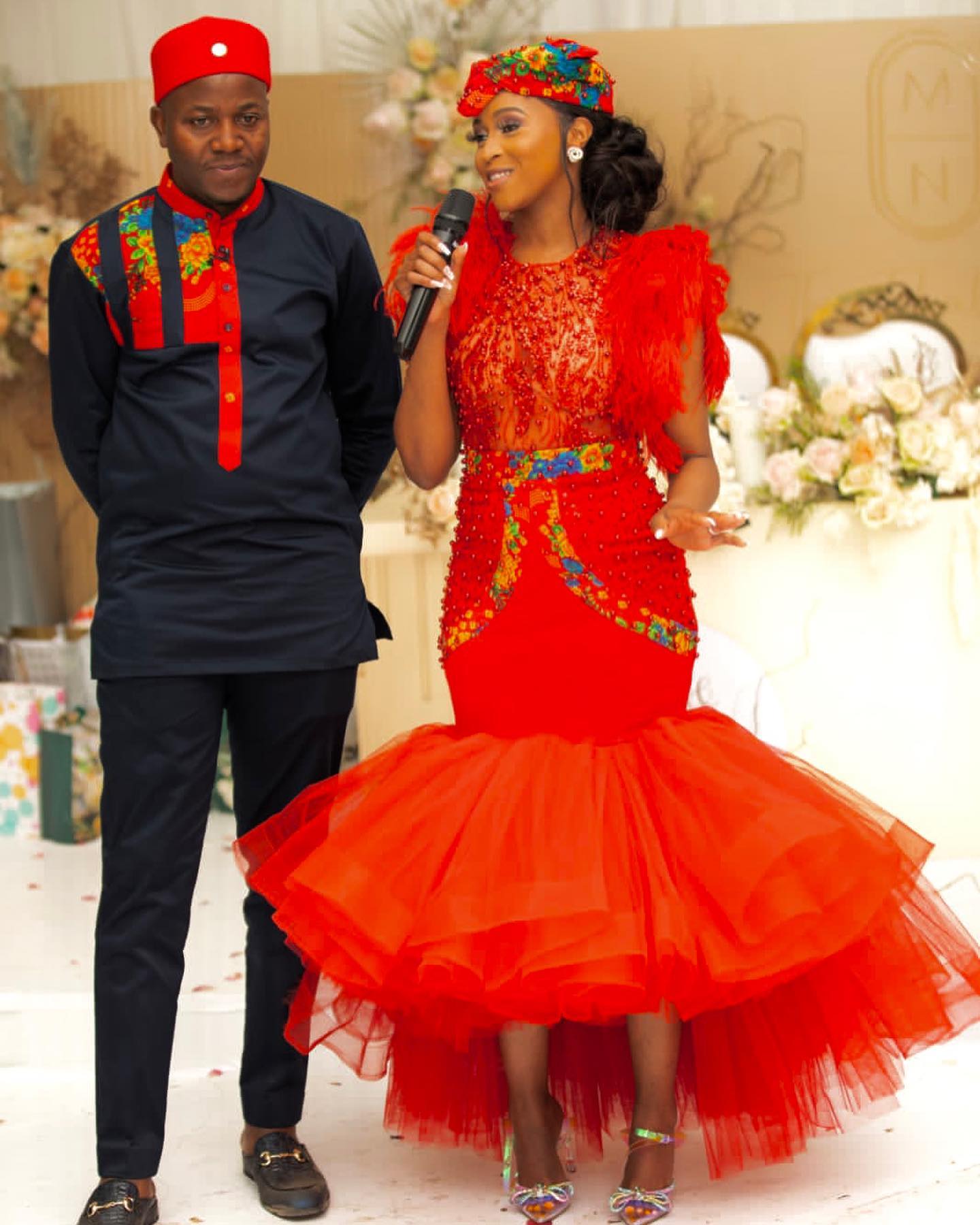
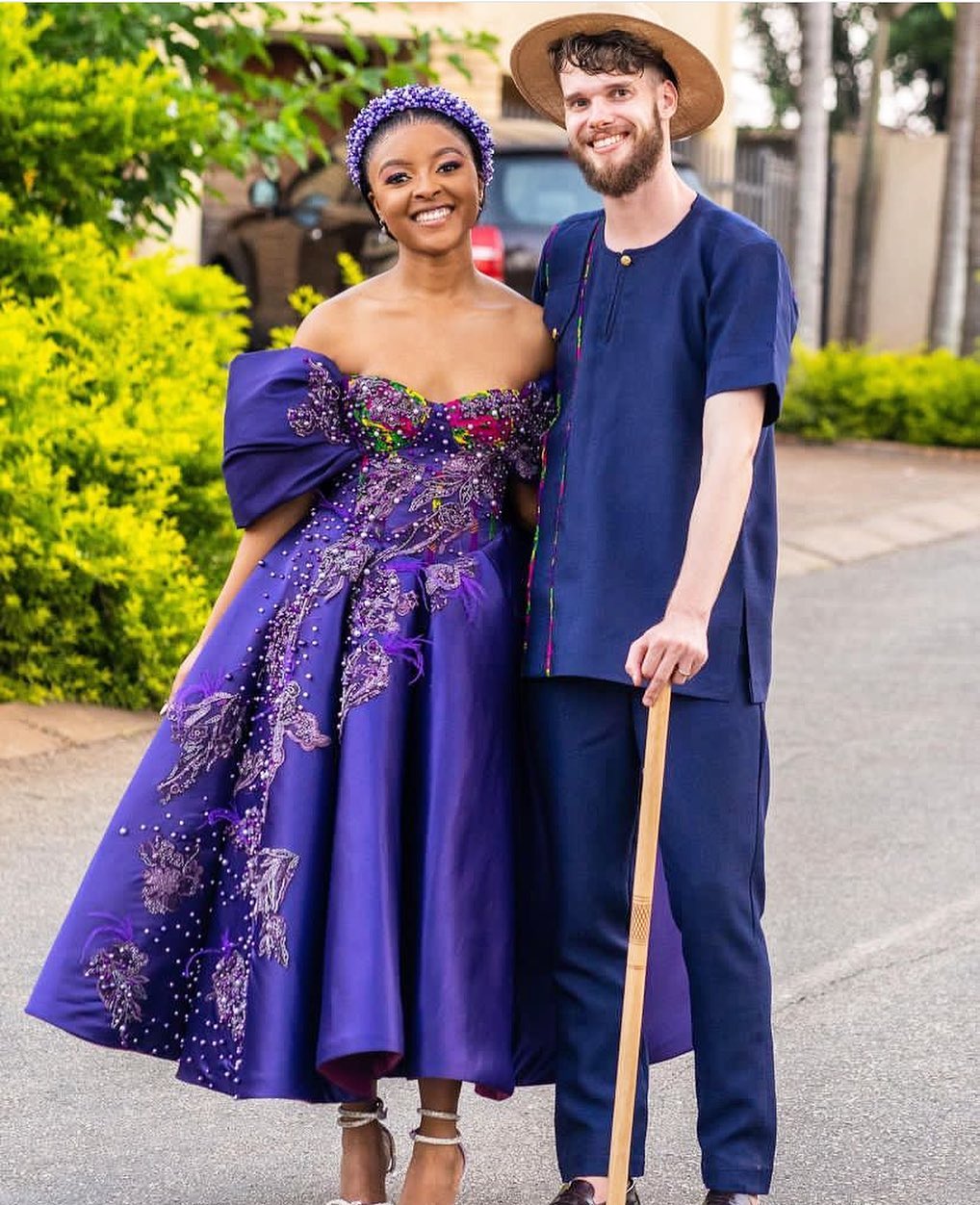
Men’s Tsonga Traditional Attire
Characteristics of Tsonga Men’s Traditional Attire
Tsonga men’s traditional attire is known for its distinct features that showcase the rich cultural heritage of the Tsonga community. The clothing often consists of a variety of elements that contribute to its unique appearance. One of the defining characteristics is the use of bold and vibrant colors, such as red, black, and white, which symbolize various aspects of Tsonga culture. The attire typically includes a shirt, known as a “sika,” which is intricately decorated with patterns and embroidery, demonstrating the skillful craftsmanship of the Tsonga people. Additionally, men wear trousers or skirts, complemented by accessories like hats, beaded necklaces, and bracelets, adding to the overall aesthetic appeal of the traditional attire.
Tsonga Men’s Traditional Attire and Cultural Identity
Tsonga men’s traditional attire plays a significant role in expressing cultural identity and preserving the heritage of the Tsonga community. By wearing these distinctive garments, men proudly display their connection to their ancestral roots and uphold the values, traditions, and symbolism deeply embedded in Tsonga culture. The attire serves as a visual representation of their cultural identity and allows them to communicate their heritage to others. It serves as a source of pride and unity among the Tsonga people, reinforcing their sense of belonging and strengthening their cultural bond. By embracing and promoting their traditional attire, Tsonga men celebrate their unique heritage and contribute to the preservation and recognition of their cultural legacy.
Traditional Accessories and Adornments
The Importance of Accessories in Tsonga Traditional Attire
Accessories play a vital role in Tsonga men’s traditional attire, adding richness and depth to their overall appearance. These accessories not only enhance the aesthetic appeal but also hold significant cultural and symbolic meaning. Hat, beaded necklaces, bracelets, and other adornments are carefully chosen and skillfully crafted to complement the attire and showcase the cultural heritage of the Tsonga community. These accessories serve as an expression of individual style, cultural identity, and pride in their roots. They create a sense of unity and belonging among the Tsonga people, reinforcing their cultural bond and preserving their traditions for generations to come.

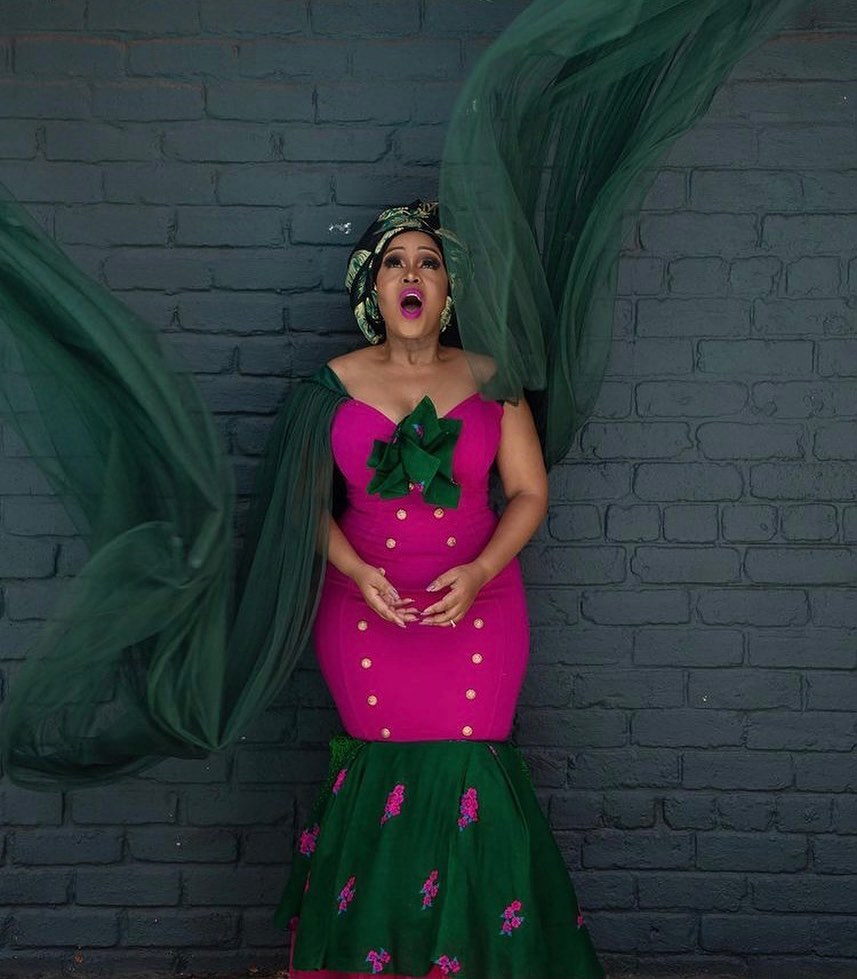
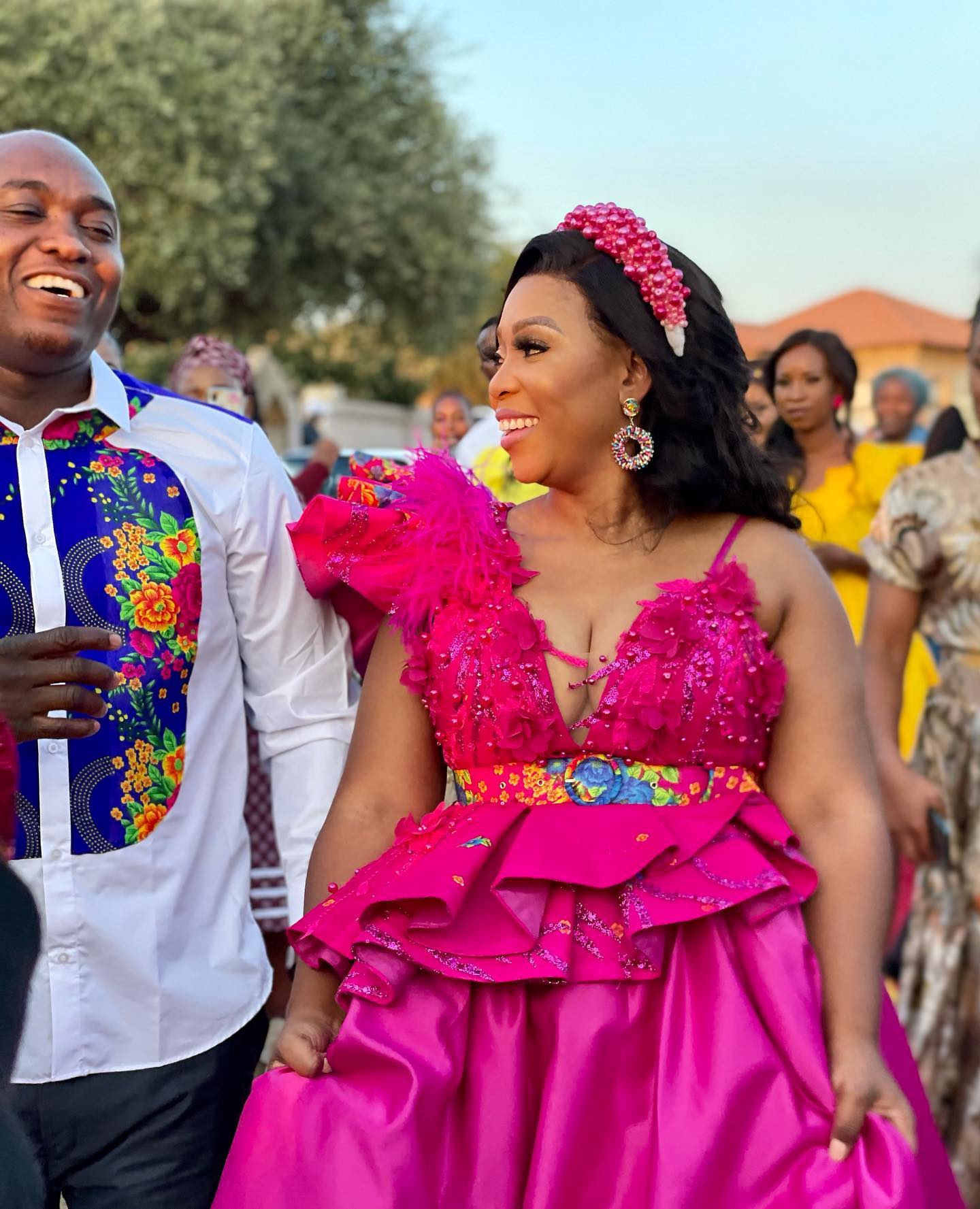
Meanings and Symbolism of Traditional Adornments
Each traditional adornment in Tsonga men’s attire carries unique meanings and symbolism. For example, the hat signifies social status and is often adorned with feathers or other decorations that represent specific achievements or affiliations. The beaded necklaces showcase intricate patterns and colors that symbolize various aspects of Tsonga culture, such as spirituality, fertility, or protection. Bracelets, made from materials like beads or cowrie shells, hold symbolic significance and are believed to bring good luck and ward off negative energy. These traditional adornments not only add beauty to the attire but also serve as reminders of the rich heritage and cultural
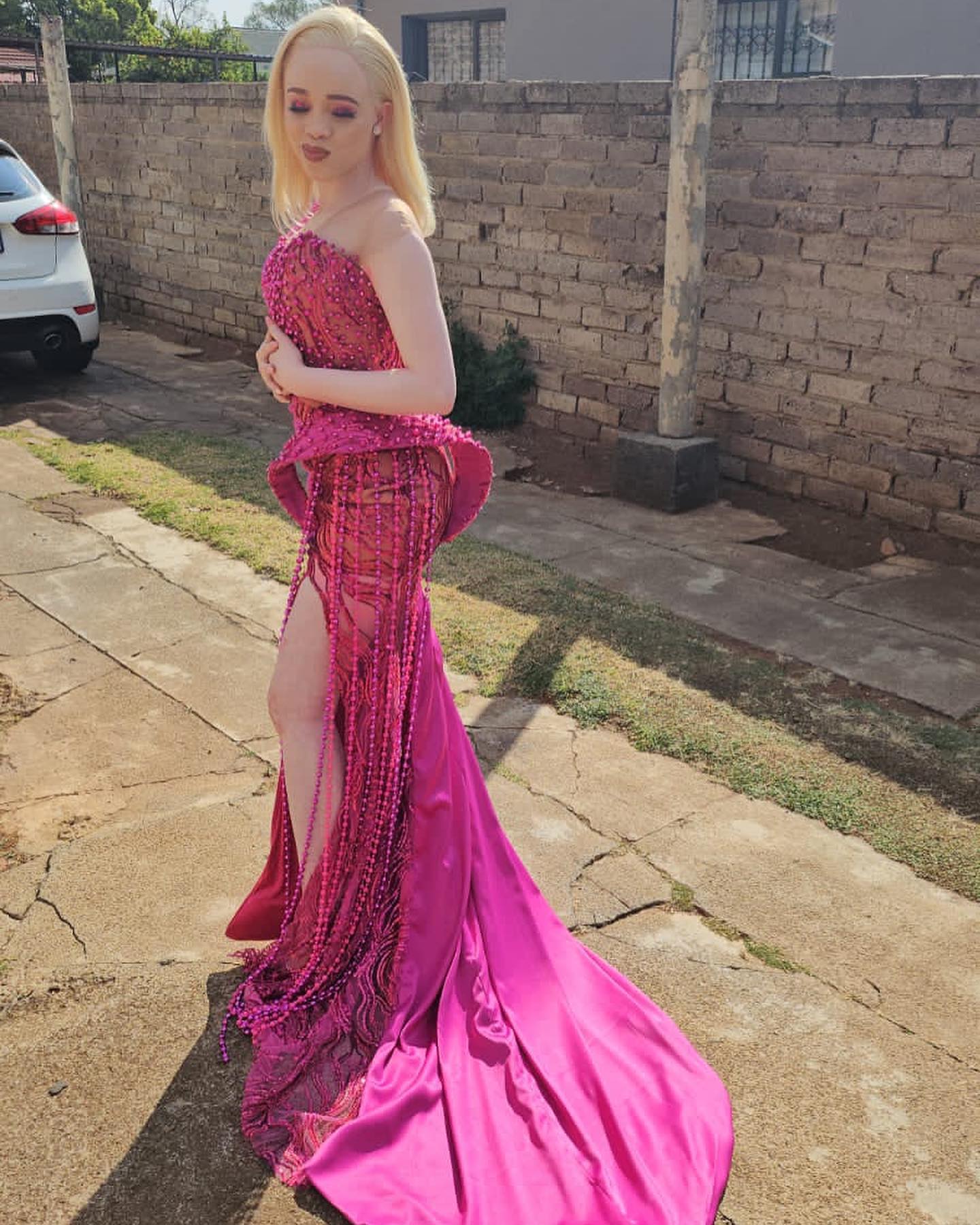
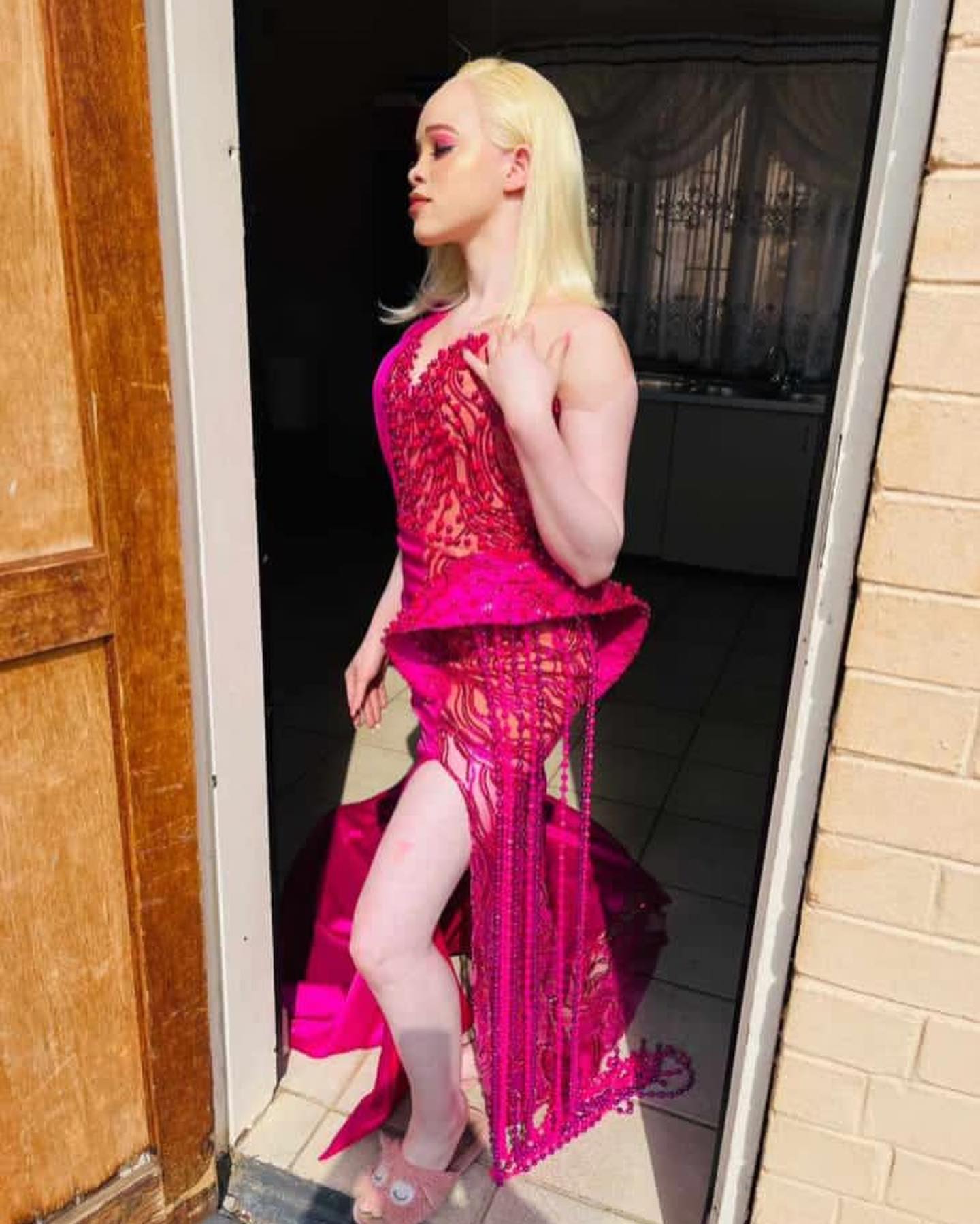


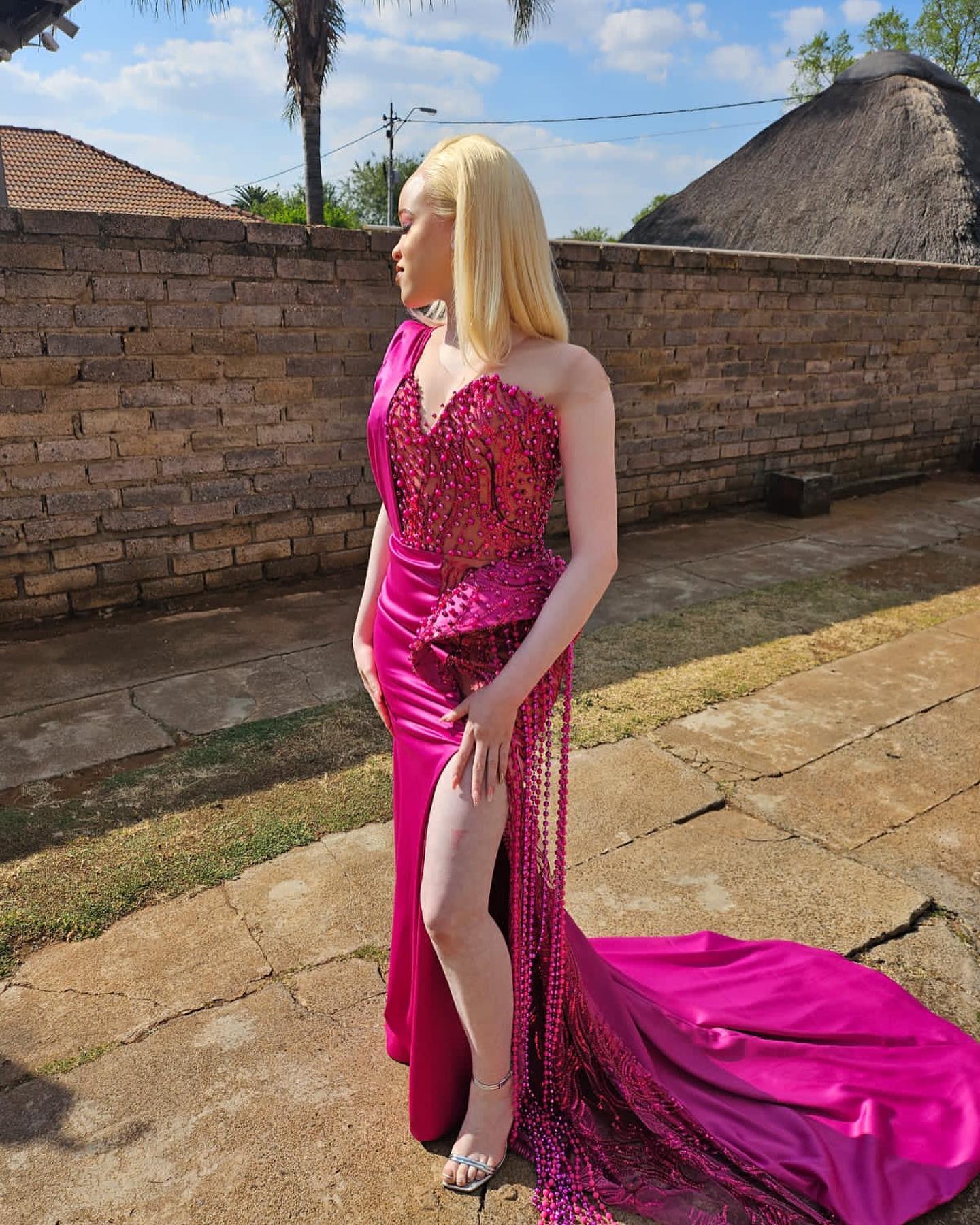
Contemporary Adaptations of Tsonga Traditional Attire
Tsonga traditional attire possesses a rich heritage that continues to influence modern fashion trends. With the passage of time, there has been a remarkable blend of tradition and contemporary styles in the world of Tsonga fashion. This article will delve into the modern interpretations of Tsonga traditional attire and its influence in the fashion industry.
Modern Interpretations of Tsonga Traditional Attire
Many designers and fashion enthusiasts have embraced Tsonga traditional attire, incorporating their unique elements into modern designs. The vibrant colors, bold patterns, and intricate beadwork of Tsonga attire have found their way into contemporary dresses, skirts, shirts, and even accessories. These adaptations not only pay homage to the cultural significance of Tsonga attire but also introduce it to a wider audience.
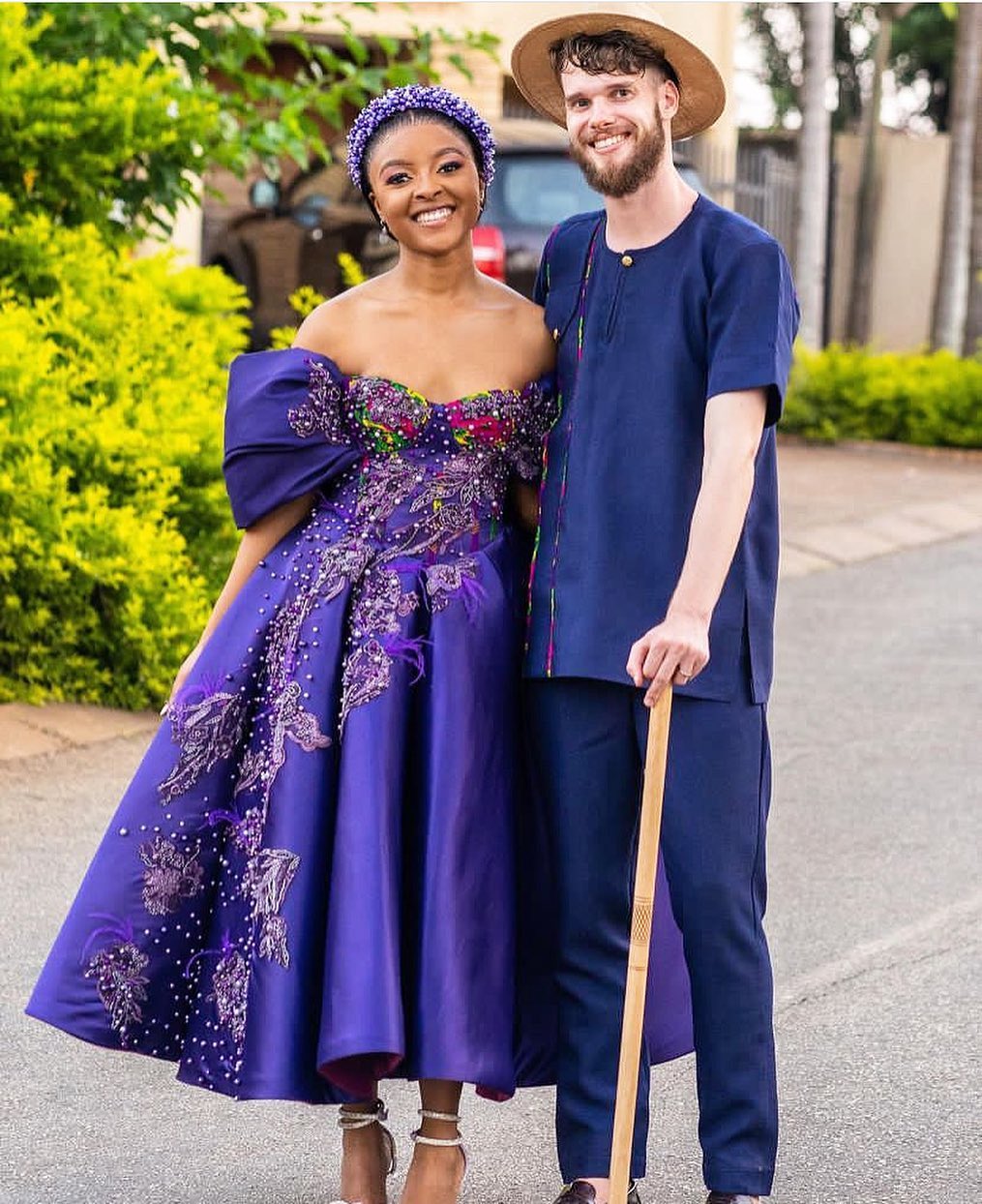
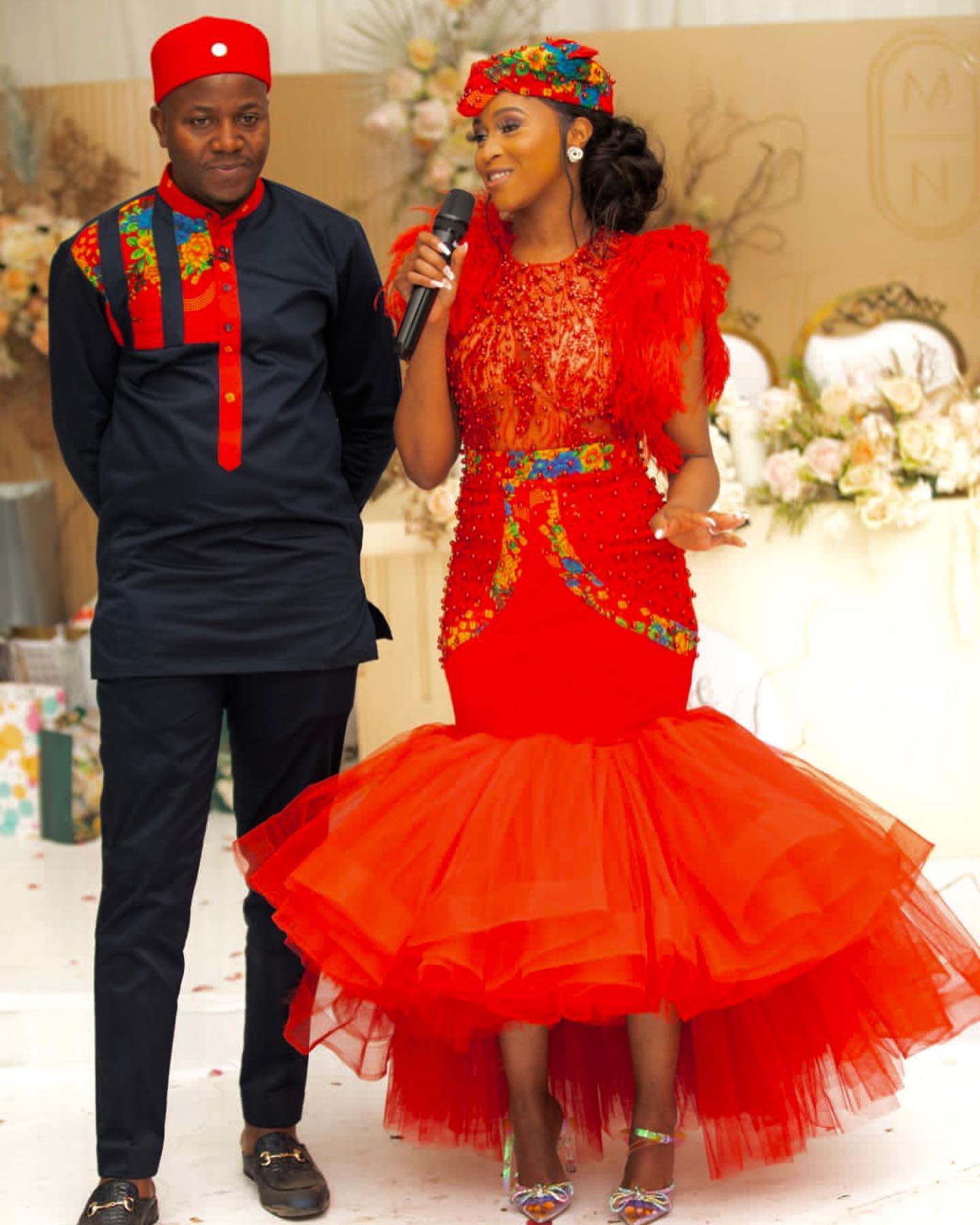
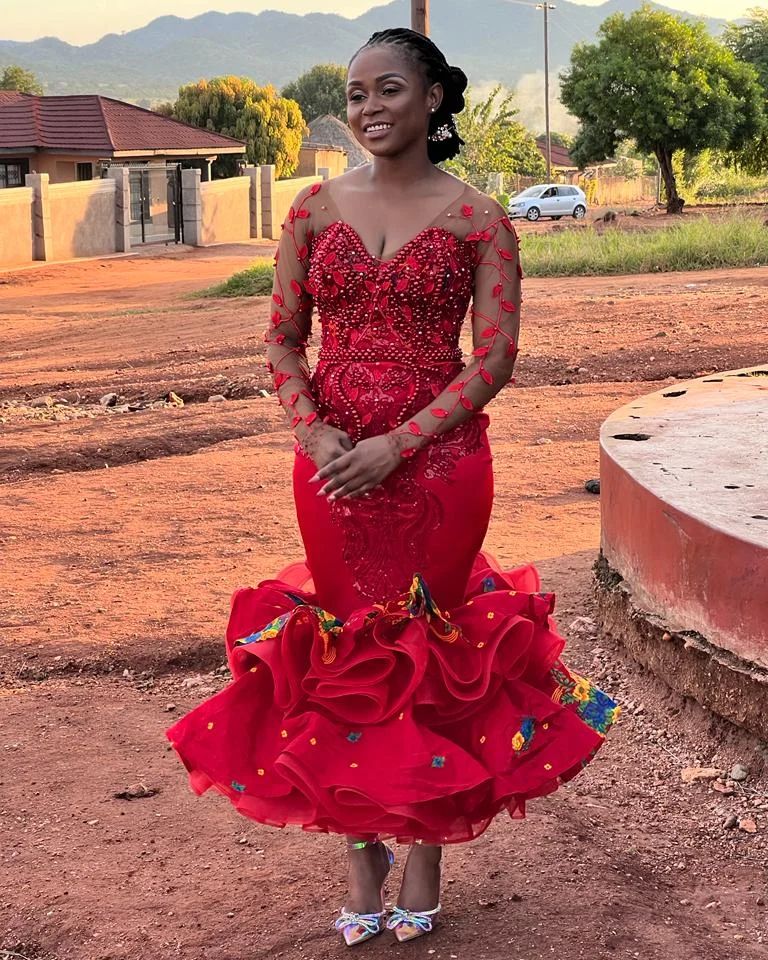
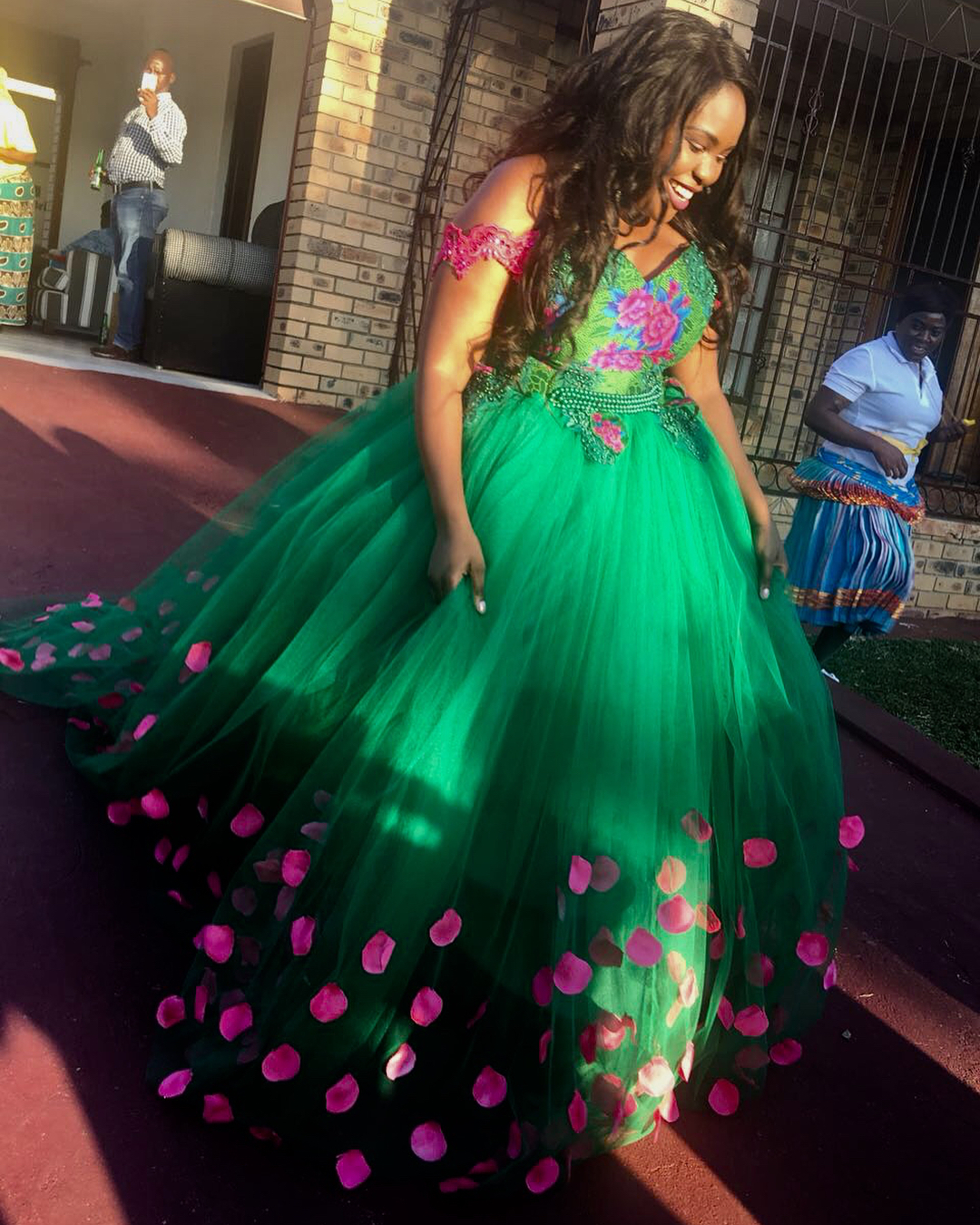
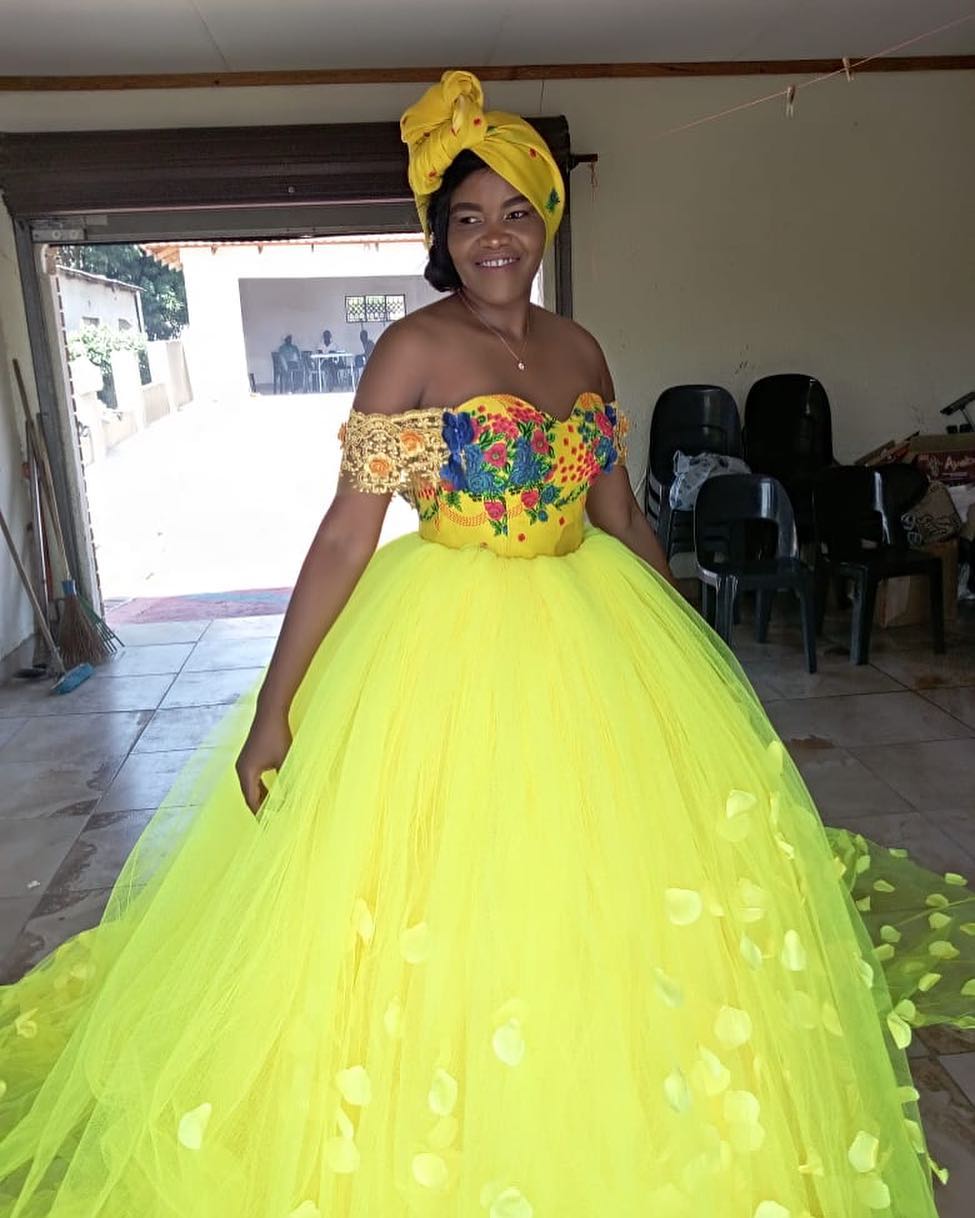
Influence of Tsonga Traditional Attire in Fashion Industry
The captivating aesthetics of Tsonga traditional attire have captured the attention of fashion designers worldwide. Influential figures in the fashion industry have been inspired by the striking visuals and cultural symbolism of Tsonga traditional attire. As a result, we can observe its influence in runway shows, fashion editorials, and celebrity fashion choices. The incorporation of Tsonga elements has added a unique diversity and cultural richness to the fashion landscape.
In conclusion, the rich heritage of Tsonga traditional attire has successfully made its way into contemporary fashion. It serves as a testament to the timeless appeal and significant cultural value of Tsonga culture. By embracing modern adaptations and influencing the fashion industry, Tsonga traditional attire continues to preserve its cultural legacy while remaining relevant in today’s dynamic fashion world.




























Comments are closed.